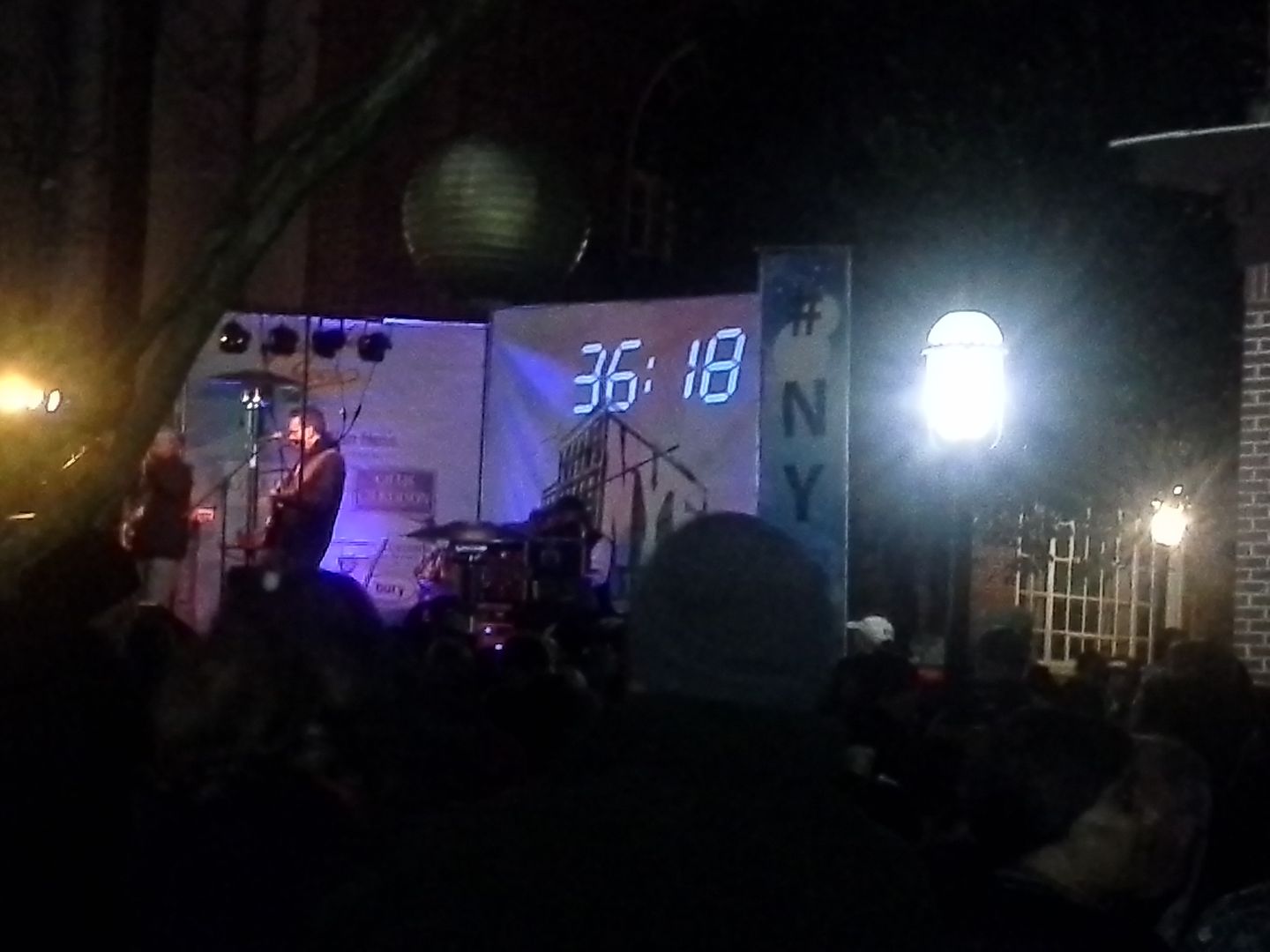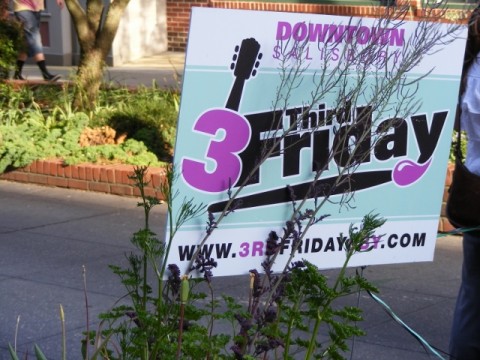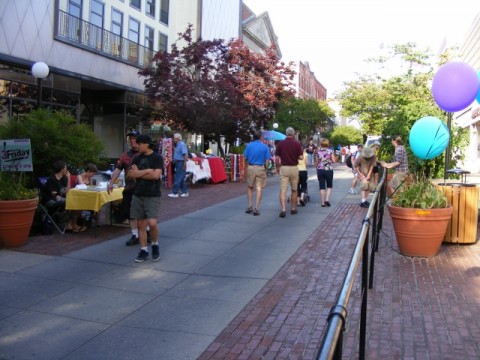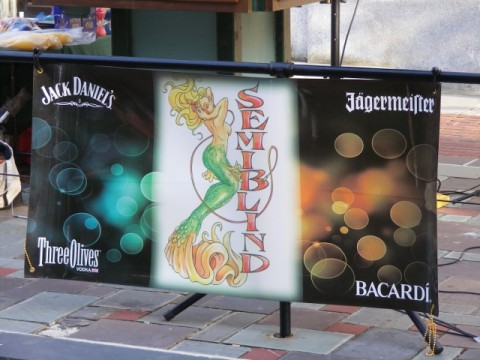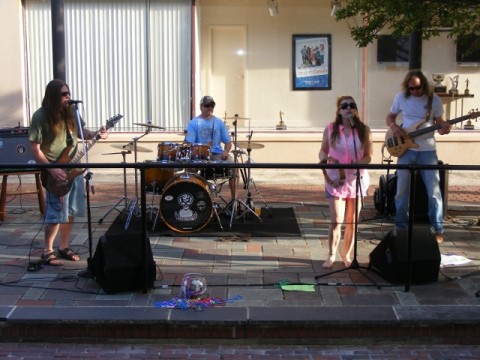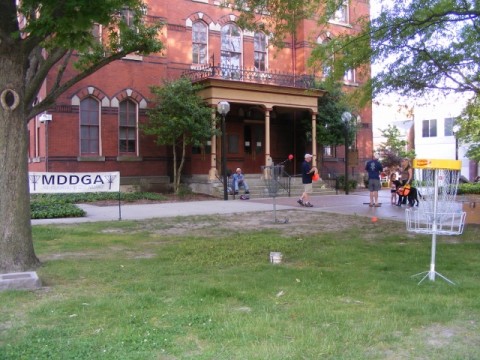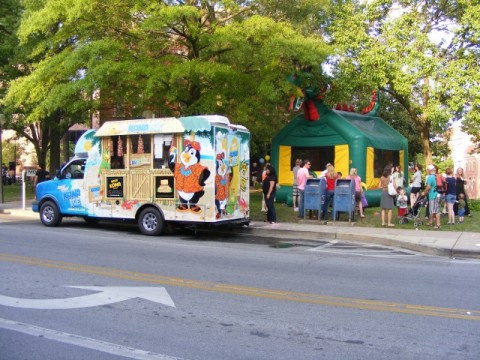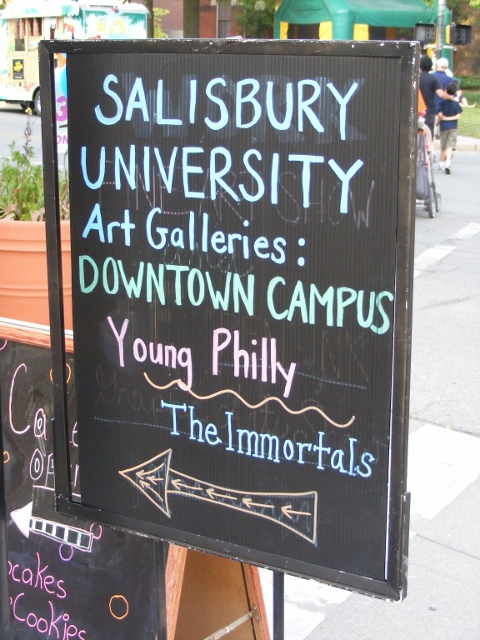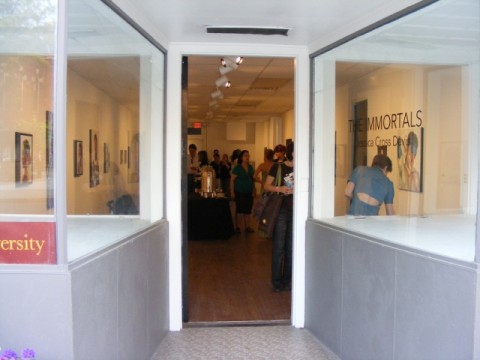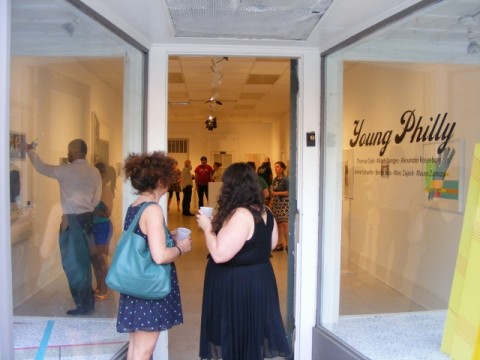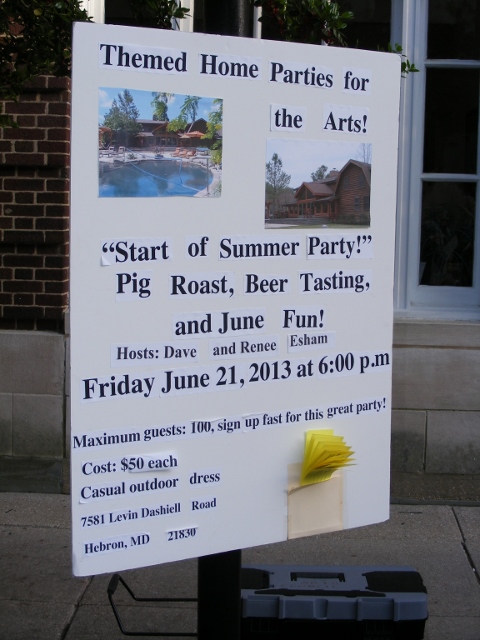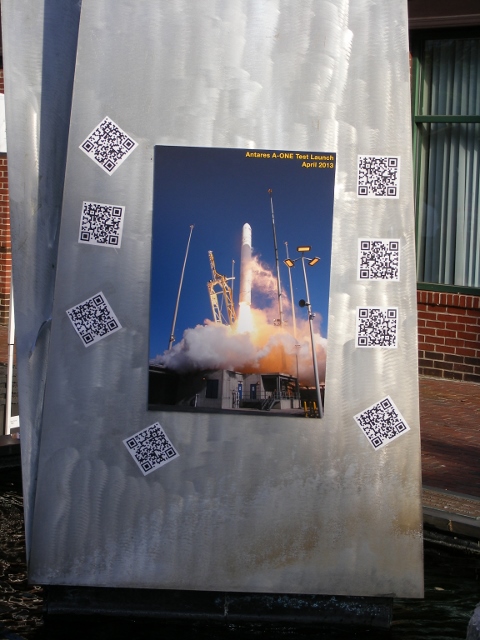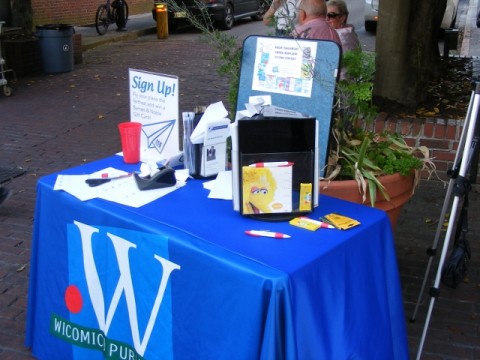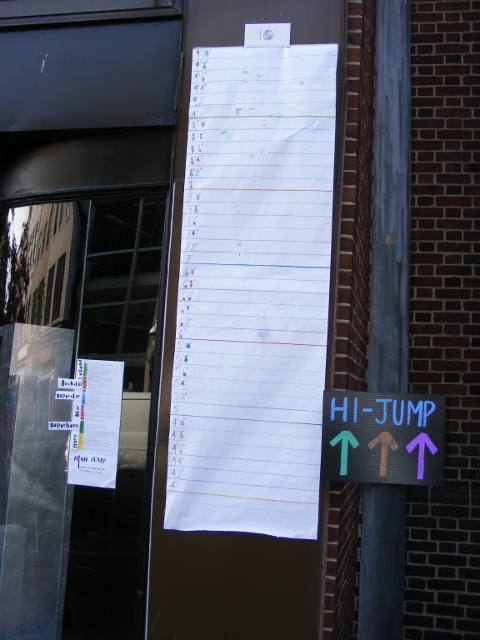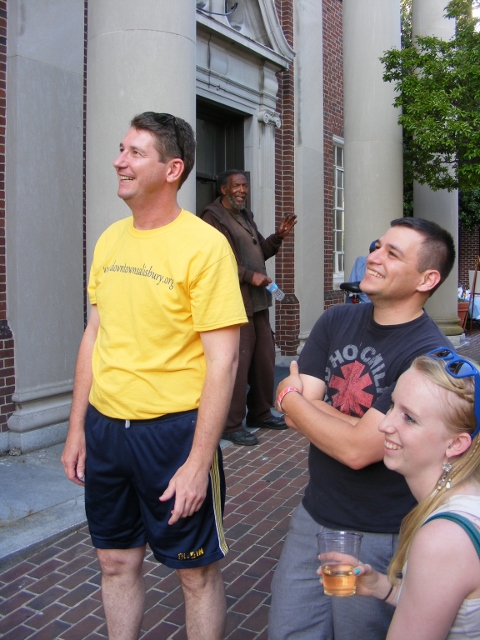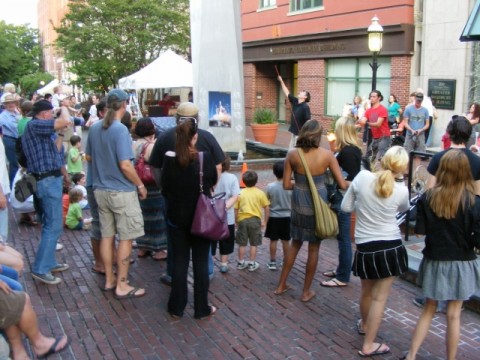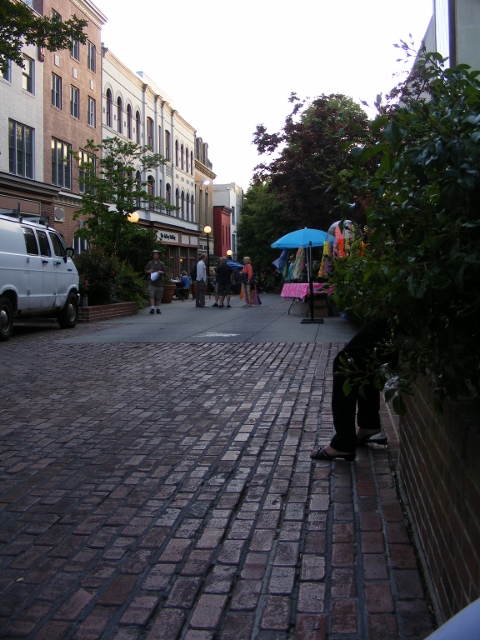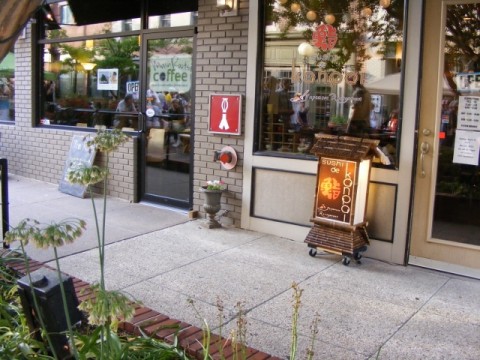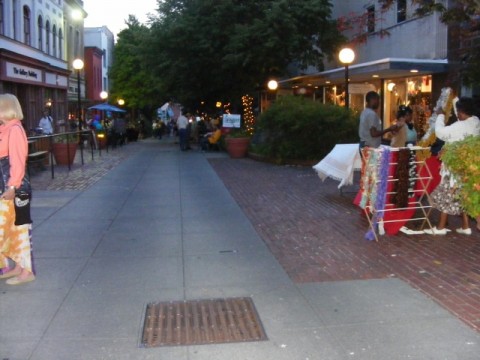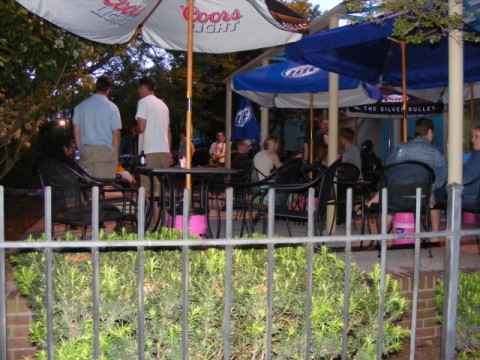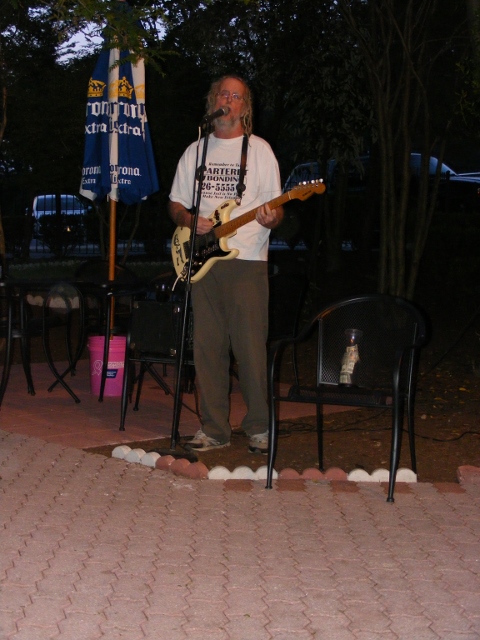Rumor has it that he’s going out the door by not standing for re-election as mayor, but if this is so Salisbury Mayor Jim Ireton is declaring war on private property as his swan song.
On Monday, according to a press release from his office, Ireton will set the wheels in motion to eliminate the non-conforming “4 to 3” or “4 to 4” properties in the city, with the stated goal that all housing units in the city will either have no more than two non-related occupants or be single-family housing. Approximately 400 households in the city would be affected.
Ireton is also looking to hire a Community Development Specialist, with the stated goal for this new position being “someone who can identify funding sources, and coordinate with the various agencies involved to shepherd properties through the tax sale process.” That last part is interesting because it brings me to my main point: it looks to me like the city wants to become a much larger landowner. To wit:
According to Salisbury’s Vacant Building Registry, there are 187 vacant and/or abandoned houses within City limits. The effect of these properties on their surrounding communities is demonstrably negative, causing losses in neighborhood property values, increases in crime and vagrancy, and public health concerns. The proposed budget amendment would set aside $45,000 for a fund which the City would use expressly to purchase vacant and abandoned homes at tax sale. Starting in FY2016, an additional $500,000 in bonded debt would be earmarked for acquisition, rehabilitation, repurposing, demolition, and legal fees. Homes bought by the City would be determined to be either eligible for donation to Habitat for Humanity or Salisbury Neighborhood Housing Service, or unfit for rehabilitation and demolished.
Imagine if you will an entrepreneur suddenly deciding to go out a purchase a whole bunch of houses at a tax sale, and the hoops this owner would have to jump through to secure all the permits, inspections, and other hassles a prospective investor would endure because the wheels of city government move so slowly. It’s a climate that discourages investment, so oftentimes properties sit vacant or abandoned. Factor in the difficult economic times of the last several years and there’s no question that too many people believe investing in Salisbury would be a losing cause.
So instead of addressing the situation of why investment is such a risk, the city will go into the business of home ownership. Not only that, they plan on running up plenty of debt to get themselves into a position to decide whether to renovate or tear down these dwellings.
It seems to me the better use of tax dollars would be to take care of what they do own. For example, I live across from a city park that is essentially an empty, semi-wooded lot with one lonely basketball hoop in the middle of it. For a few thousand dollars they could perhaps install a walking path, nice flower beds, and perhaps a couple trash receptacles. It’s not a large space, but it is a focal point of this little neighborhood.
If you believe the rumors that Jim is going to try and trade places with Jake Day, this isn’t the way to do it. Six years ago, we were promised that “help is on the way” but this isn’t going to be much help in making Salisbury an attractive place in which to invest. Why take a chance on buying a house when your next door neighbor could be a property owned by the city?



